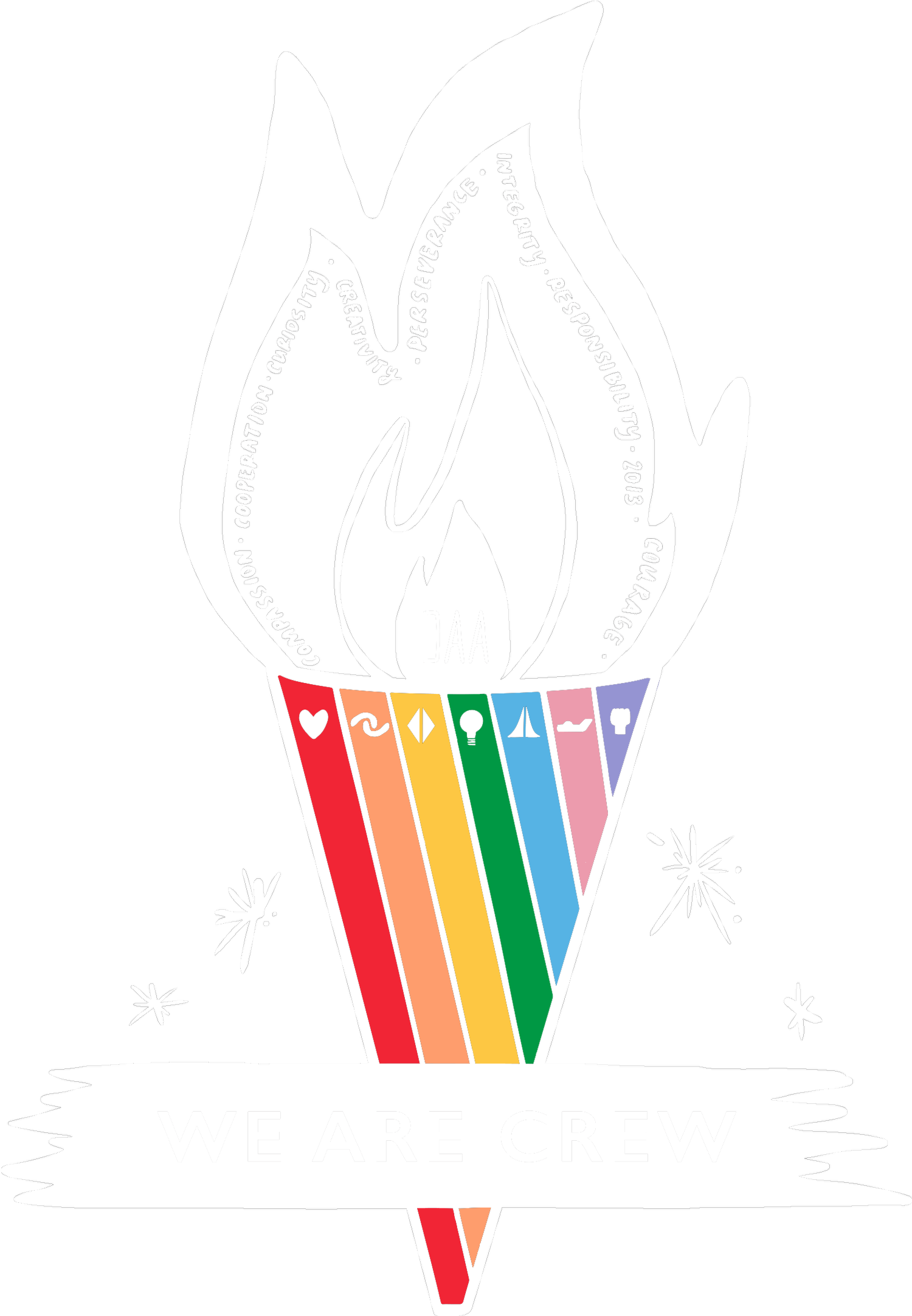1st Grade Crew // Active Learning at DAA
DAA educators ground our work, instructional practices, approaches, and beliefs in research and most up-to-date findings in cognitive science on how students learn best. One resource we frequently refer back to in planning learning experiences for students is EL Education’s Characteristics of Primary Learners. Three of these characteristics, “young children learn through play”, “young children explore the world with wonder”, and “young children understand the world first through their bodies”, are key to our approach to active learning at DAA.
In our cross-curricular approach to teaching reading and writing, we weave science and social studies concepts into our instruction. To make sure we are truly engaging students in understanding the content, we strive for as many opportunities as we can to incorporate hands-on opportunities that let students explore, generate hypotheses, ask questions, and share their learning. In our most recent 1st grade units, “What’s Up in the Sky?: A Study of the Sun, Moon, and Stars”, and “Birds’ Amazing Bodies”, we’ve tried to bring some of the concepts students have read about to life! For our astronomy unit, students had opportunities to model the sun’s reflections on the earth and the creation of shadows with flashlights. Students also modeled the earth’s rotation around the sun to understand how the sun makes day and night on earth. Reading about these concepts is one way for students to learn these concepts, but acting it out is a way for them to bring these concepts to life! In our birds unit, we’ve been learning about ways that different birds use their beaks and feathers to survive. In addition to reading about different types of beaks and feathers, we’ve modeled different beaks to learn about how different beaks are suited for different types of food. For example, in our experimenting, we learned that “pointy” beaks like the ones song sparrows have (made from folded straws) are best for pecking seeds without getting rocks stuck in a bird’s beak, while a duck’s beak (made from a Dixie cup cut in half) is best for scooping up lots of food quickly. We learned that a macaw and crossbill’s beak (modeled with the use of pliers) are the best beaks for crushing nuts, while a flamingo’s beak (modeled with a pasta server) or a song sparrow’s beak (modeled with tongs) are not as suitable for crushing seeds.
These opportunities are crucial for students to understand different concepts from their reading, and we love the joy and engagement that comes from these experiences!
Students modeling how the earth and moon rotate around the sun
Students modeling creating shadows from the sun’s rays




